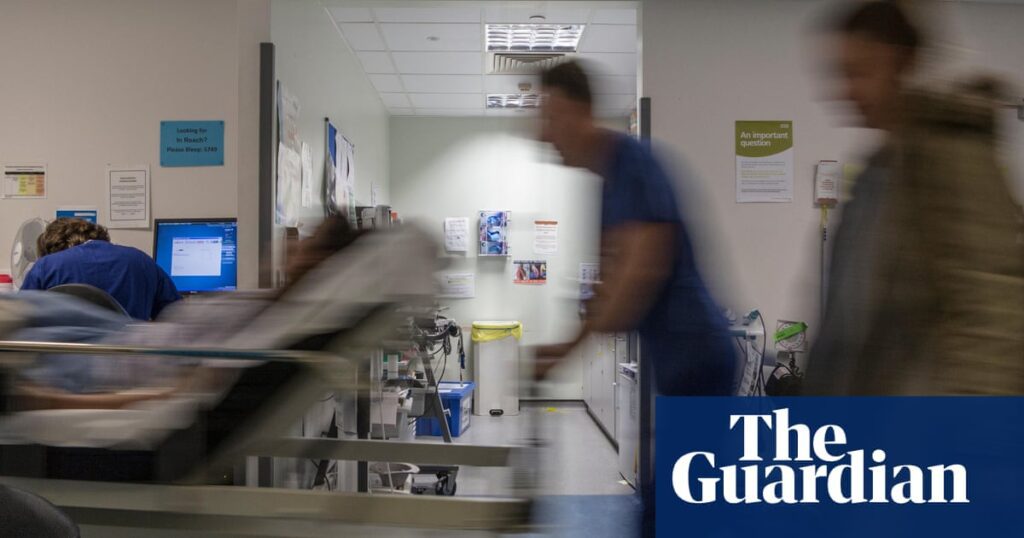A Breakthrough for Fracture Detection: AI Scans to Support NHS Doctors
Imagine you’re in a bustling A&E unit, waiting for your X-ray results after a nasty fall. The tension builds, as the risks of missing a fracture during the initial assessment are very real. In fact, studies reveal that approximately 10% of fractures go undetected or misdiagnosed in such settings! Fortunately, there’s some exciting news from the NHS: a new AI-powered solution is on the horizon to help change that.
NHS Launches AI Scans for X-ray Analysis
The National Institute for Health and Care Excellence (Nice) has just approved the use of artificial intelligence to enhance the detection of fractures in X-rays. This innovation could revolutionize the way doctors at NHS facilities identify broken bones. The AI scan, estimated to cost just £1 per use, aims to assist healthcare professionals by improving accuracy and efficiency when analyzing scans.
Why Are Fractures Missed?
According to experts, overlooked fractures can lead to worsened conditions and more complicated treatments down the line. And in a fast-paced environment like A&E, the pressure on medical staff can contribute to these oversights. As Mark Chapman, director of HealthTech at Nice, succinctly puts it: “With a high vacancy rate in radiology departments, there’s an urgent need for support to manage workload effectively.”
How AI Can Make a Difference
The use of AI has shown promise in preliminary evidence, indicating improvements in detection rates when compared to human-only analyses. Nice highlights that these technologies are both safe and effective in spotting fractures that might otherwise go unnoticed. The potential benefits include:
- Fewer missed fractures: AI can catch what the human eye might overlook during the hustle and bustle of patient care.
- Faster diagnosis: Patients can receive quicker assessments, leading to more immediate treatment plans.
- Less strain on the healthcare system: By reducing the need for follow-up checks and appointments, this technology could alleviate some of the pressure on NHS staff.
Four AI platforms have been recommended for use alongside human assessments. These include TechCare Alert for all ages, Rayvolve for adults, and BoneView and RBfracture, suitable for both adults and children over two years. This suite of tools is designed to collaborate with healthcare professionals, not replace them.
Real-Life Impact of the Technology
Consider a young soccer player, who after a tough tackle is rushed to the local hospital with a suspected fracture. Powered by AI, the medical team can quickly scan her X-ray, significantly reducing the chances of misdiagnosis and ensuring that she receives the care she needs without unnecessary delays.
Charlotte Beardmore from the Society of Radiographers supports the integration of AI technology but emphasizes, “While AI may improve accuracy, it can’t replace the expertise of skilled radiographers and radiologists.” This echoes the ongoing sentiment that technology should complement human skill, rather than substitute it.
What’s Next for AI in Healthcare?
The NHS is currently in a consultation period until November 5, allowing healthcare professionals to weigh in on these draft recommendations. With the potential to drastically change fracture diagnosis, the excitement around AI is palpable.
It’s clear that AI has become a significant player in healthcare, especially in fracture detection. As we look toward the future, the marriage of technology and human skill could mean faster, safer care for countless patients.
The AI Buzz Hub team is excited to see where these breakthroughs take us. Want to stay in the loop on all things AI? Subscribe to our newsletter or share this article with your fellow enthusiasts!




